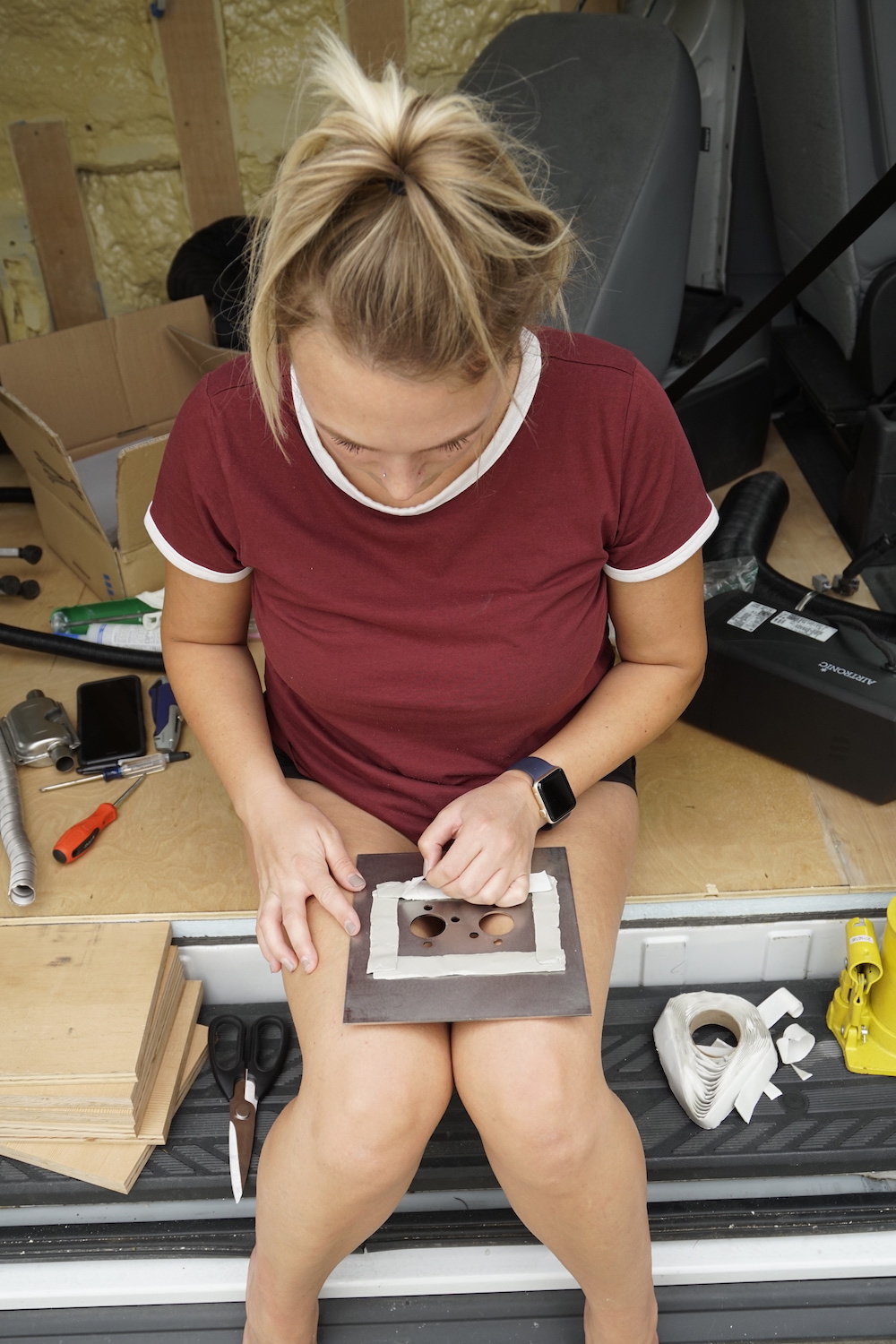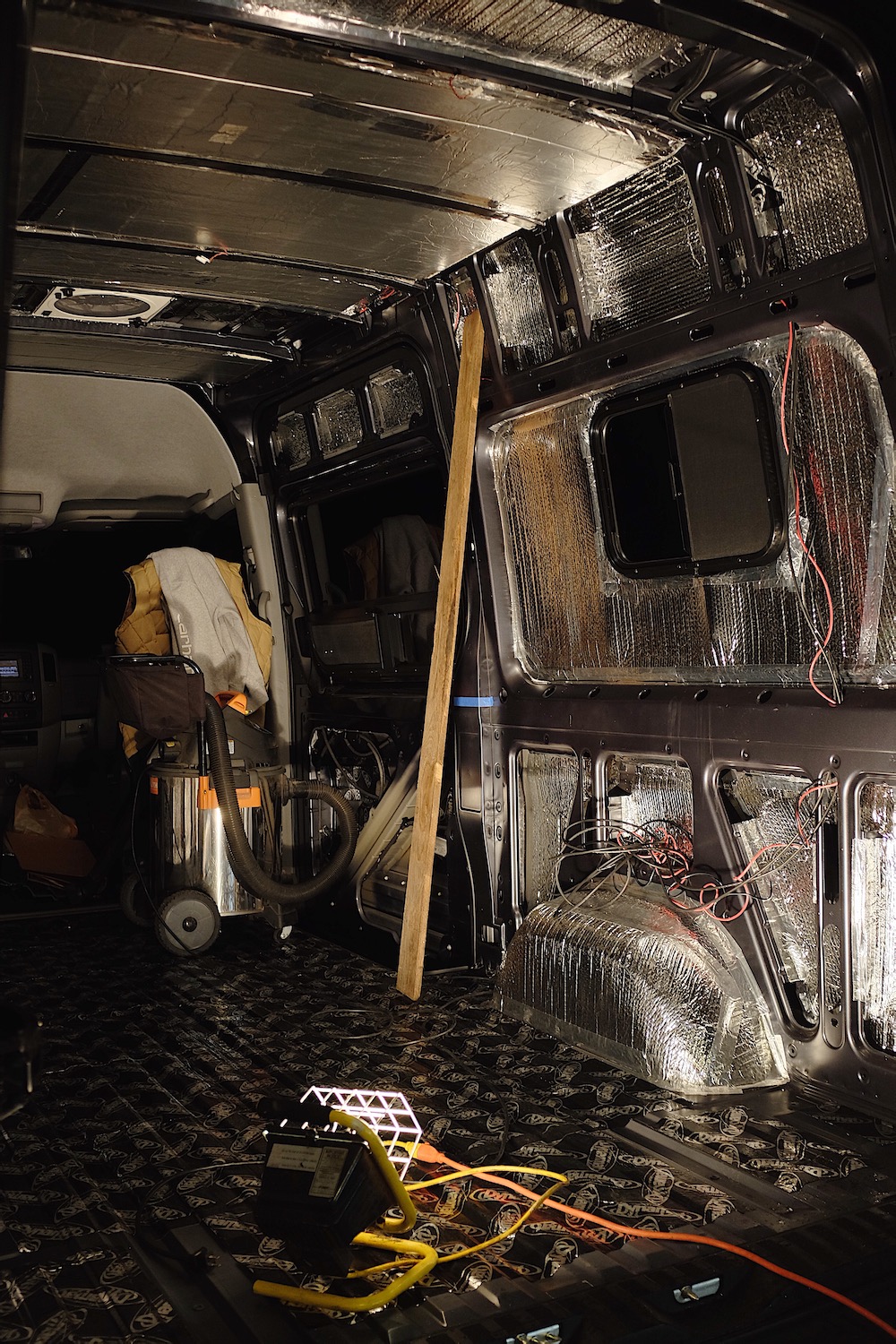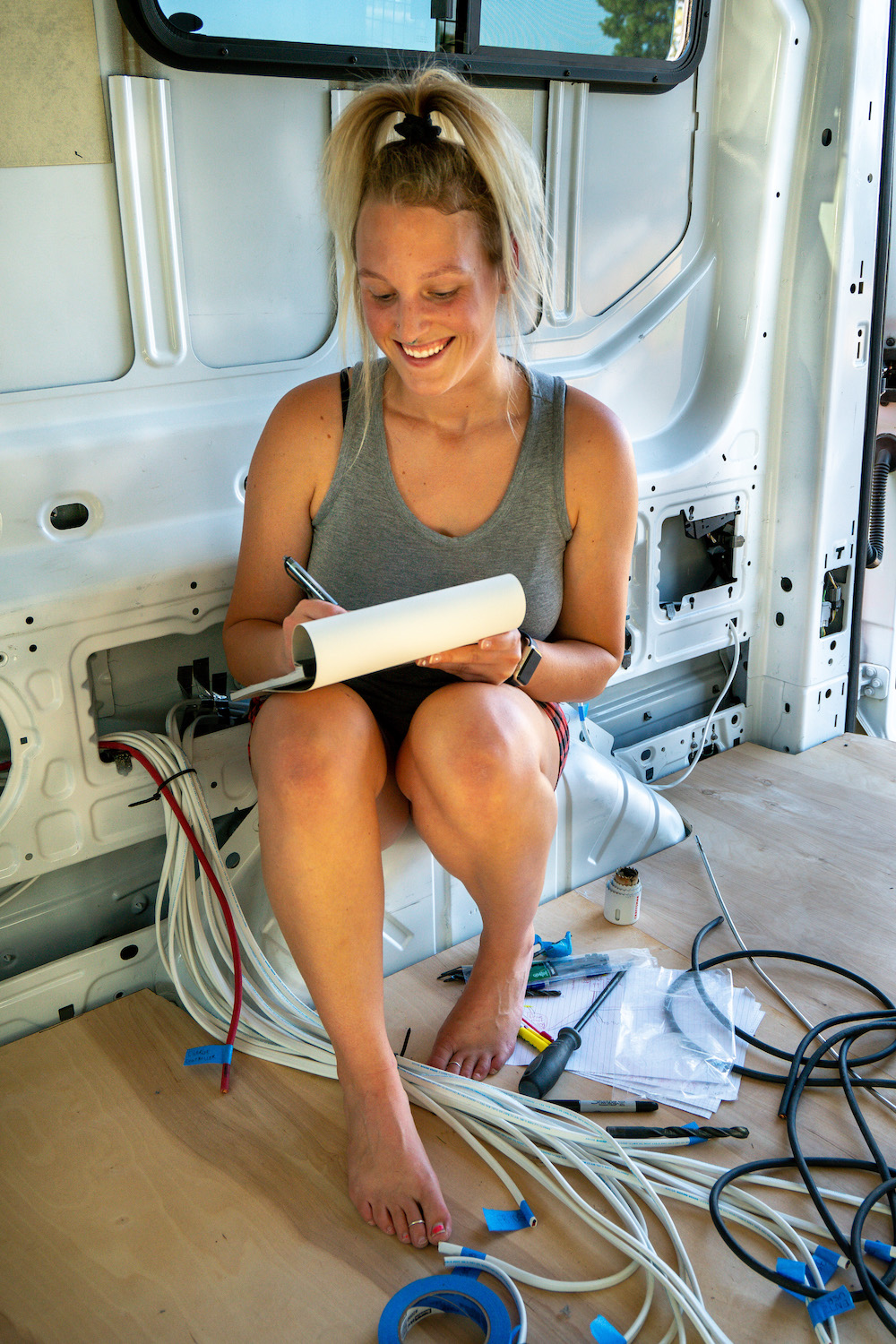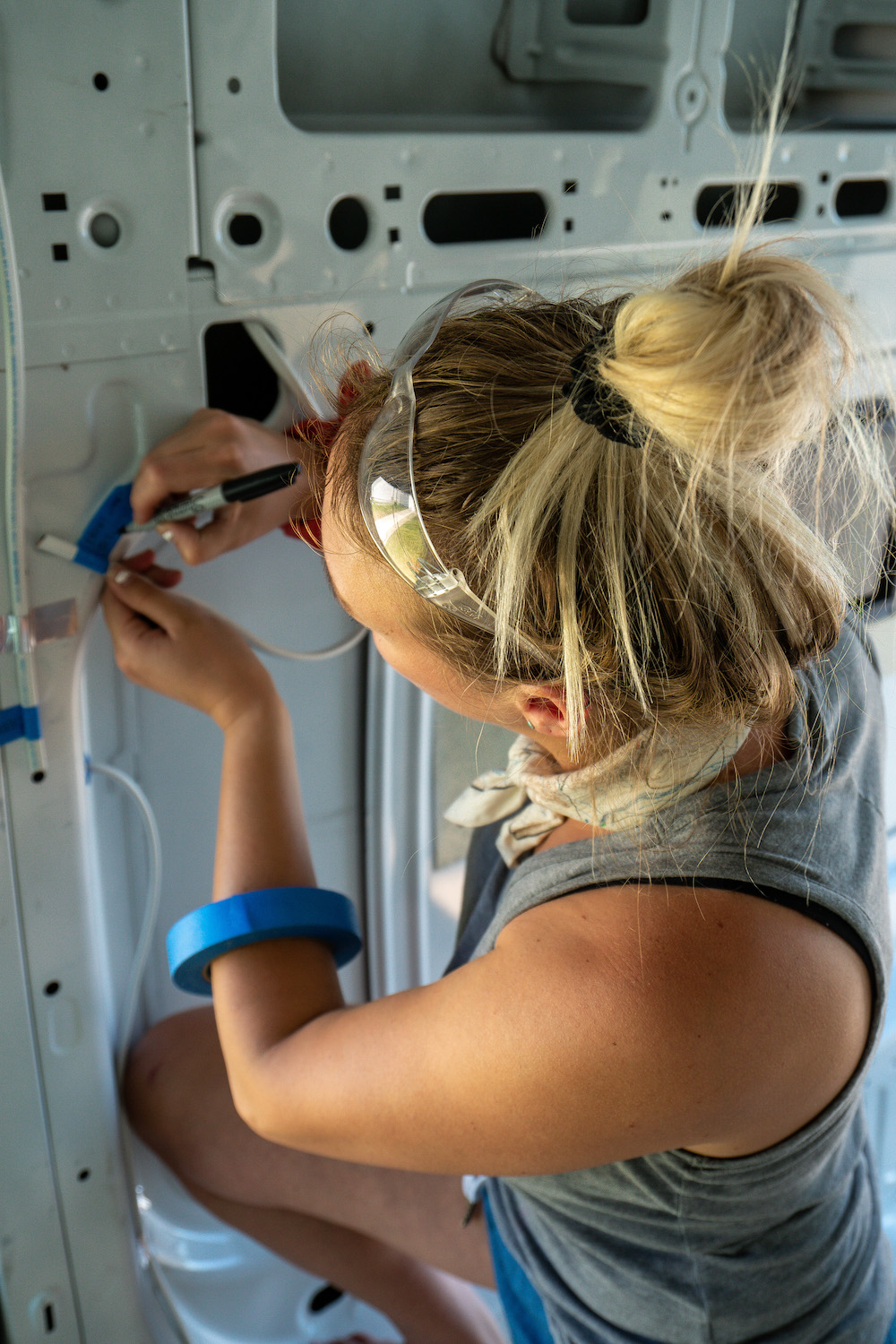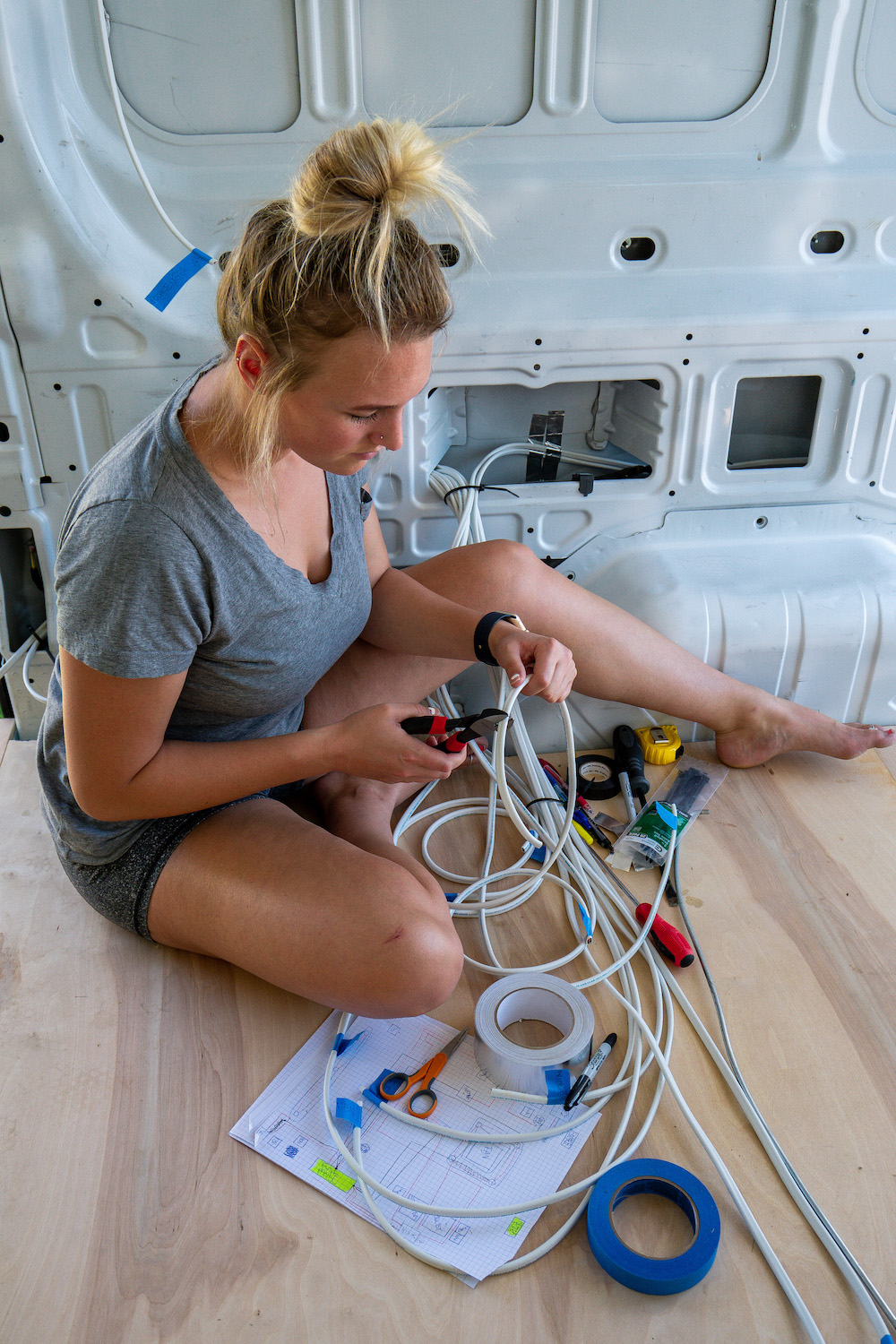Building a van is an extremely time-consuming and detail-oriented project.
It requires patience, knowledge, and dedication. With internet resources booming in popularity, particularly regarding DIY projects, van build knowledge has never been more attainable. So if you’re willing to put in the time, research, and funds, a van conversion is definitely doable. I recently purchased my second van, transitioning from full-time travel in a 2016 Mercedes Sprinter into a 2016 Ford Transit. I also opted for a DIY campervan build again, welcoming the challenging project with open arms. The plan is to heavily rely on trusted DIY campervan resources I’ve discovered over the last few years for assistance as well.
Originally, I thought to myself, “well, this is my second build after all. It will definitely be easier and go more smoothly than the first!” Let me tell you – I was completely wrong. The second time around is barely easier by a sliver. A van build is still just as challenging, with constant lessons to be learned. There are many aspects of this second design that I didn’t have in the first design, so I’m still doing a lot of phases of the build for the first time. So while I have a million pieces of advice I want to provide, these are my biggest “ah-ha” lessons I’ve learned during this second van build.
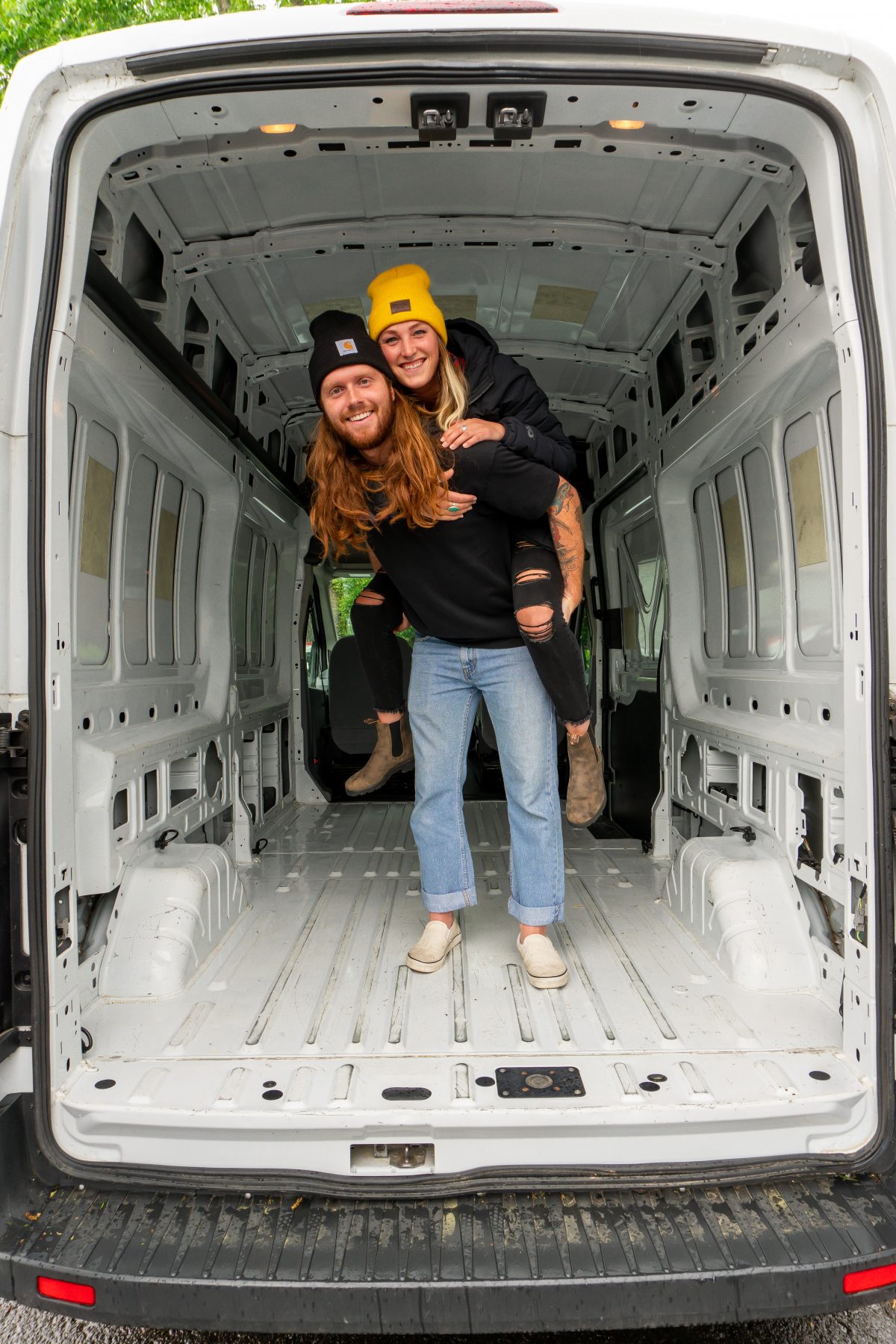
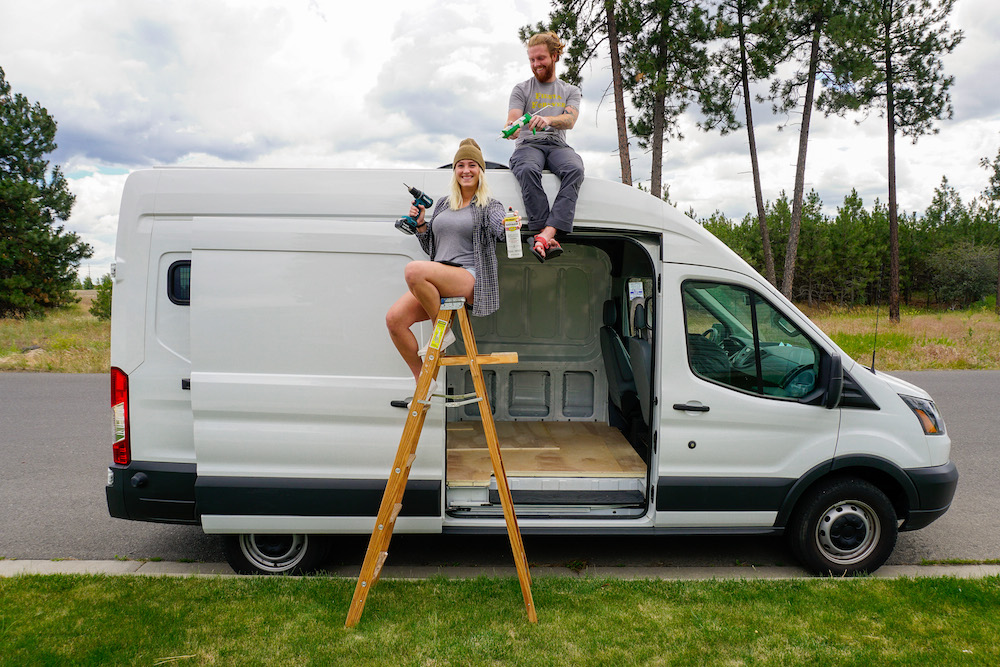
Take the guestimated timeline and double it
Okay, maybe doubling it is a slight stretch, but definitely add to your guestimated timeline. We’ve all heard of somebody converting a van in as short as a month, but that is with dedicating 100% of their time toward the build 24/7. More commonly, timelines are around 6 months or so. A professional conversion company can often do builds much quicker, but long waiting lists are not uncommon. It’s important to remember that you’re taking on a really big project. You’re building a house, even if just a tiny version of it. Give yourself flexibility within your timeline or else you may end up robbing yourself of some of the joy of the process.
Another important reason to allow yourself more time is that mistakes will surely be made. Even during this second build, I have ended up doing (most) of the projects twice, having to go back and fix mistakes from the first time around. Realizing you did something wrong is already frustrating enough. You don’t need to add stressing about a timeline on top of the grief you’ll already be feeling. Try to find patience and compassion for yourself throughout this project. You’ll be a lot happier if you do.

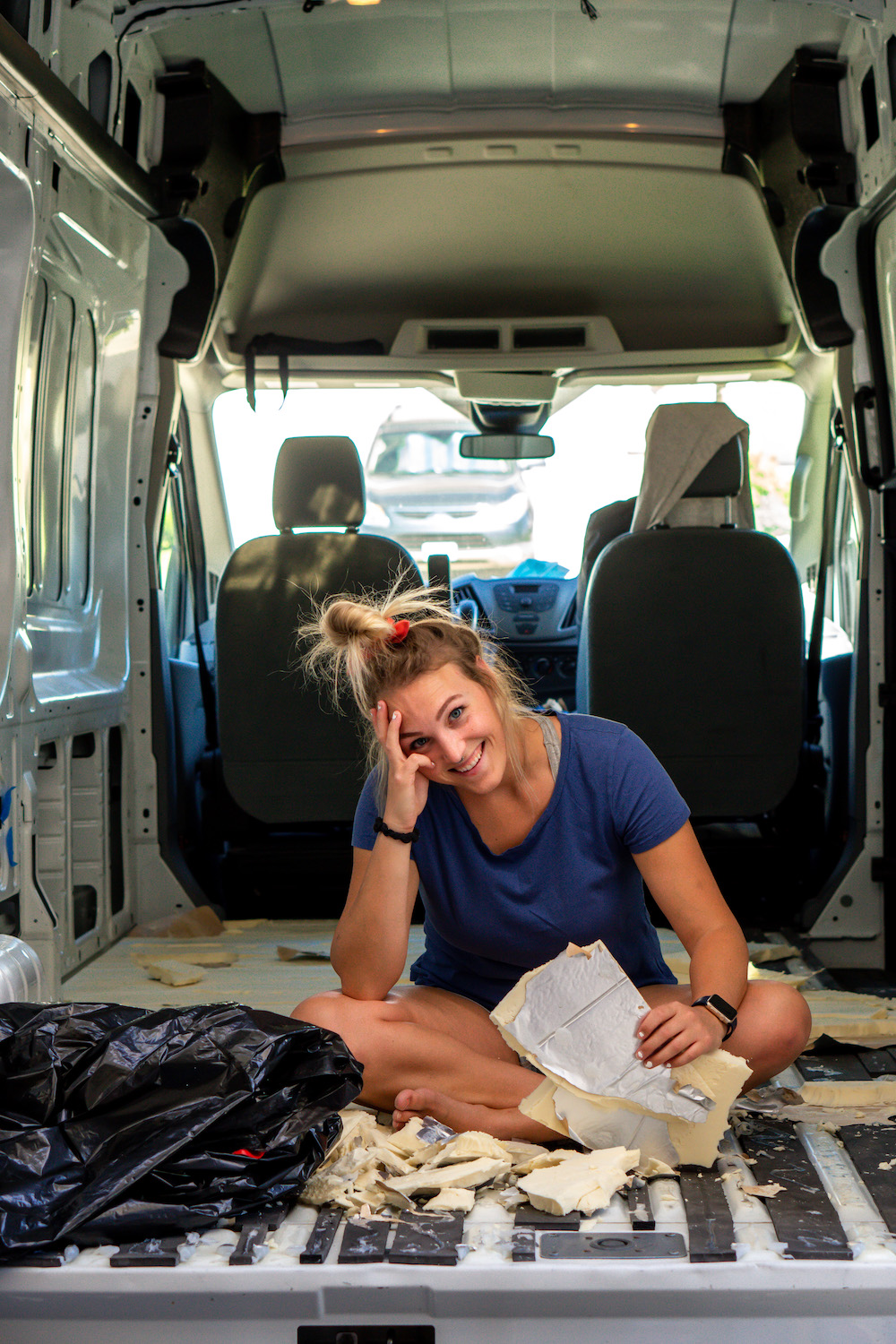
Know where to purchase build materials
Choosing where to purchase build materials can have a huge impact on a DIY project, both in the amount of time spent and the amount of money spent. Since van conversions are definitely still a niche market, there are some materials and accessories that may only have one or two distributors. Buying big vanlife items, such as a composting toilet or a 12v fridge, should be done through a trusted shop that can provide customer service and assistance if necessary.

Vanlife specific items we’d recommend buying from a van-specialist shop like Sprinterfreak:
- After-market windows
- Seat swivels
- Gas/Diesel auxiliary heaters
- Lagun table mount
- Ceiling fan
Many more common items, such as materials that would also be used in a tiny house or general house renovation, can also be found for a less expensive price and a much faster ship time. Consider purchasing more of the general items from places like Amazon, which can offer two-day shipping if you are a prime member, and also has pretty competitive costs. Additionally, check out experienced vanlifers’ recommendations, which often include quality products for a fair price, as well as information on the best place to purchase them.
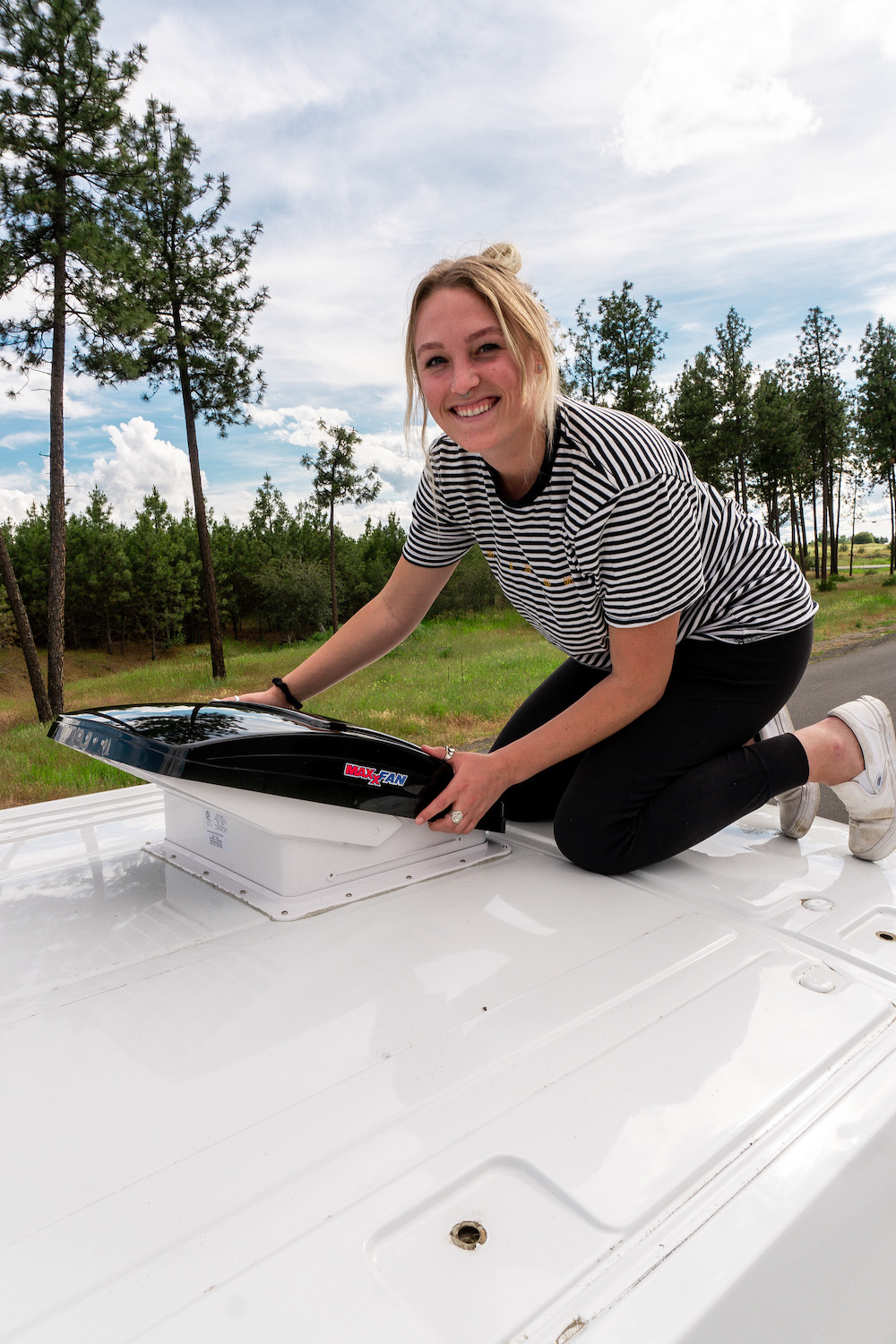
Try to borrow tools when possible
While having all the same exact tools for every van build is definitely not a requirement, there are certain tools that will help different phases of the van build much easier. For example, this pocket holejig system is heavily recommended for cabinet building. This tool may not be an absolute essential, but it will make your life much easier and your cabinets much sturdier (and probably prettier too!)
At the bare minimum, you will likely need to purchase a few hundred dollars worth of tools, especially if you don’t have a basic start-up collection (drill, hammer, straight edge, etc.) If you really wanted to make the process easier and don’t mind investing in tools, you could easily spend well over $1,000 on tools. This is why I recommend getting yourself a basic collection and look to borrow more of the large, expensive tools (table saw, miter saw, jigsaw, etc.)
A really great alternative to purchasing or borrowing is to rent the tools you need. Check out places like your local Home Depot, who often have rental services. This is one of the many useful DIY campervan resources for those really expensive tools that you may not want to invest in!

Learn to balance out what is more important
There are hundreds of decisions that need to be made throughout a van build process. From deciding what kind of wood to use to what faucet you want, to how you’re going to power your stove. There are also decisions like, “Should I buy this nicer product even though it is more expensive, or just choose the less expensive item and save a few dollars.” In the beginning, you will likely find yourself putting lots of thoughts into your decisions. As time goes on, you will likely find yourself being less picky about certain things. Going into a project like this knowing what you want is going to help. There’s nothing worse than being slowed down by a decision that needs to be made.
Another common decision is whether to DIY the entire van conversion or not. There will likely be many times when you have to balance out what is more important, especially when it comes to time vs financial costs. For example, many people do 90% of their van but hire out the electrical work or cabinetry. These are some of the more technical phases of a DIY campervan build and it may be more worth your resources to hire help. You just have to figure out what is best for you.
Every van build is different and surely you will learn many lessons of your own. In the meantime, I hope this advice finds you well, assists you throughout the planning process, and helps you during the beginning of your project.
If you’re interested in following along with my van build, I’ll be posting regular updates on my social media, as well as more detailed information and further advice on my vanlife website. Happy building!






